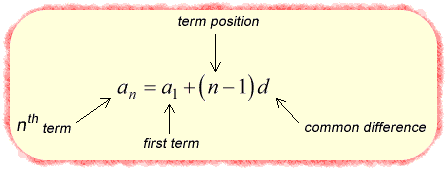
Complex compound sentence
I love tea and coffee, but i cannot drink much, since they contain cocaine.
I prefer coffee nor juice, although they are my love.
Mary may go to shopping or she is in the cafe, though I’m not sure.
Complex sentence
The café is very peaceful, as I expected.
Because my coffee was too cold, I heated it
Though café house is very beautiful, it is still few people.








